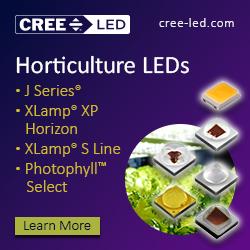Smart Farming on the Rise: Autonomous Agricultural Market’s 17% CAGR Surge
The autonomous agricultural vehicle market is segregated into product, automation, application, and region.
Global Autonomous Agricultural Vehicle Market size will expand at over 17% CAGR from 2024 to 2032, due to technological advancements and the rise of precision agriculture. Autonomous agricultural vehicles are equipped with advanced sensors, GPS, and AI to perform tasks, such as planting, harvesting, and soil analysis with high accuracy and efficiency. With ongoing developments, autonomous agricultural vehicles are providing greater support for sustainable farming practices to help farmers manage their fields more effectively and meet the increasing global food demand. For instance, in February 2024, FarmX introduced Perceptive Navigation for autonomous agricultural vehicles, displaying GPS-free navigation and a comprehensive farm management system.
The autonomous agricultural vehicle market is segregated into product, automation, application, and region.
By automation, the fully autonomous segment is estimated to rise at a significant rate from 2024 to 2032 due to the rising number of independently performing tasks from planting to harvesting. Autonomous vehicles can adapt to varying field conditions in real time to optimize resource use and reduce labor costs. Autonomous systems are also integrating more sophisticated AI algorithms and sensor technologies to enhance the ability to handle complex tasks autonomously including soil analysis, pest management, and yield prediction.
Autonomous agricultural vehicle industry from the seeders product segment is expected to expand from 2024 to 2032. Seeders are used for autonomously navigating across farmlands to distribute seeds based on soil analysis and optimal planting patterns. These vehicles have advanced capabilities for incorporating AI-driven algorithms to refine seeding techniques. Lastly, autonomous seeders are helping in transforming agricultural practices by reducing labor dependency and enhancing productivity.
Regionally, the Asia Pacific autonomous agricultural vehicle industry size is projected to depict robust growth between 2024 and 2032, propelled by rising government support for bolstering sustainability goals. Several policies incentivize the adoption of advanced technologies to promote their integration into farming practices. Governments are funding R&D to foster collaborations between academia and industry to enhance vehicle efficiency and reduce environmental impact, adding to the regional product demand.
Source https://www.gminsights.com/industry-analysis/autonomous-agricultural-vehicle-market
Featured Product

